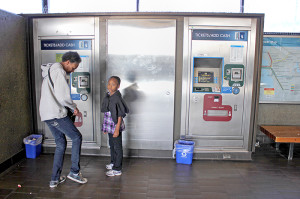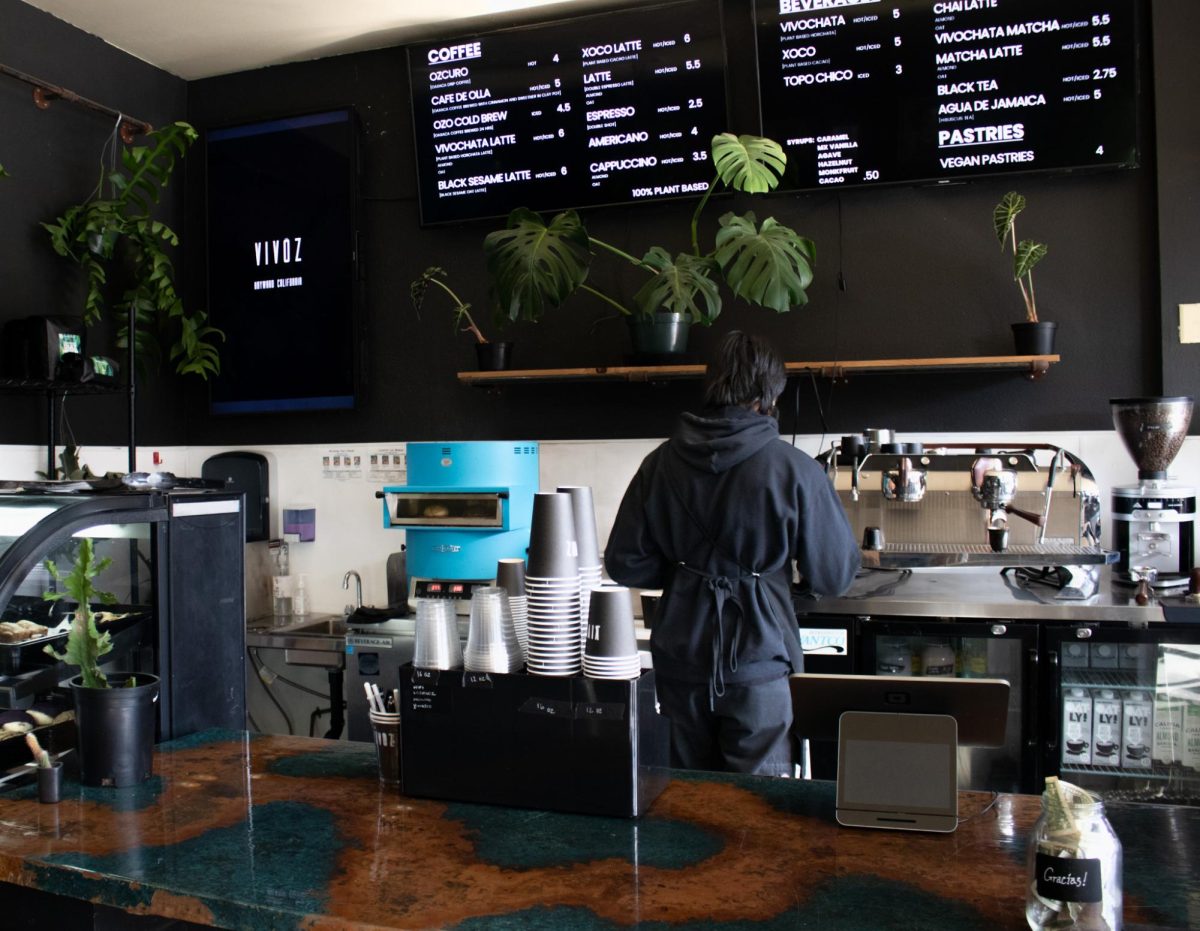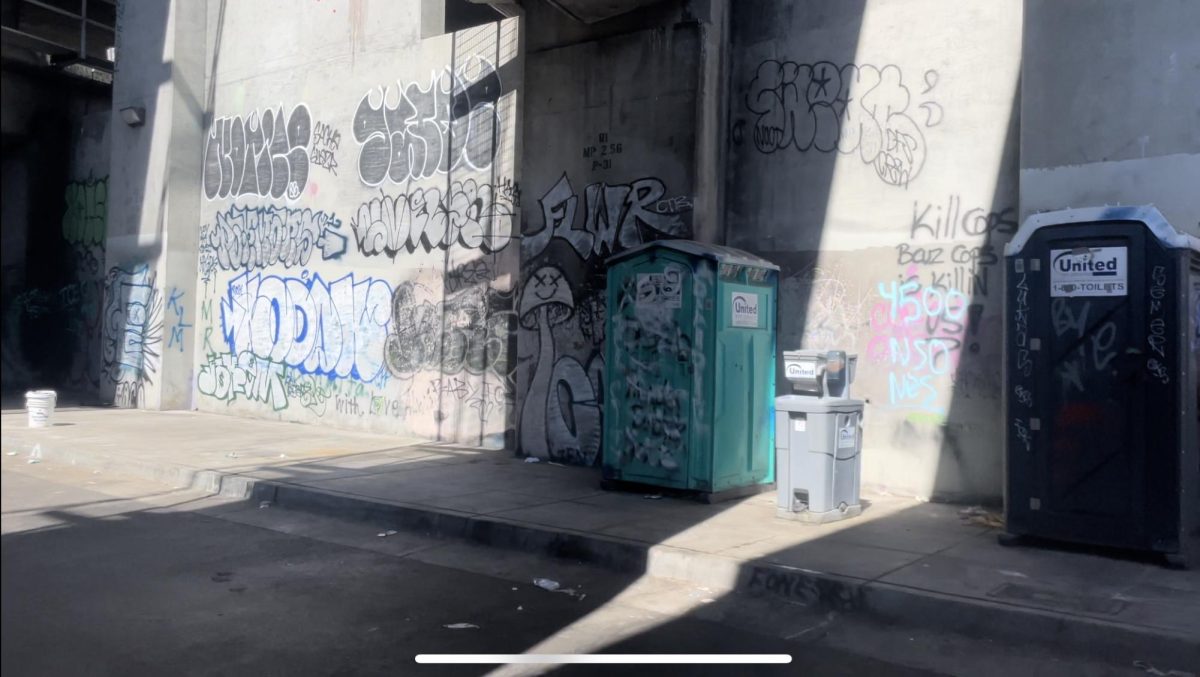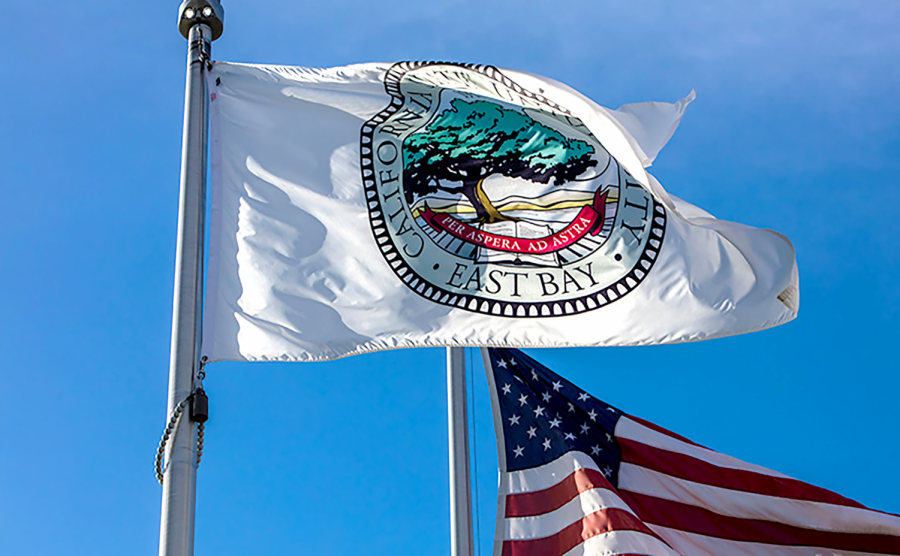
BART tickets.
If you are trying to escape rising gas prices by using BART, think again. BART officials revealed plans to increase fares for the next several years, beginning in 2014.
BART officials met Feb. 28 to vote on the modification of an inflation-based fare increase through 2020. The program will use calculations to adjust fares and parking fees every other year to be in ratio with inflation, according to the BART website.
The board of directors stated in a press release, “BART fares would increase in 2014, 2016, 2018, and 2020.” Every year since 2003 the price has increased slightly to match inflation prices; the new plan would increase the annual fare change based on consumer inflation.
Fares are expected to rise 5.2 percent starting on Jan. 1, 2014, according to the press release. This will raise around $325 million over seven years beginning in 2014, according to a BART spokesperson.
With the average price of a gallon of gasoline around $4, some BART riders are feeling cornered by price increases.
Brooke Bishop, a CSU East Bay student from Pleasanton, frequently uses BART as an alternative method when commuting to campus.
“When gas prices are too much, BART is a cheap alternative but if prices continue to increase I’m screwed,” she said.
Other students at CSUEB who commute on a regular basis believe this might become another burden to worry about in the near future.
“I live in Berkeley, so I have to take BART Monday through Thursday to get to CSUEB,” said CSUEB senior Christian Estrada. “Once I get to Hayward, I have to take the shuttle to get on campus, that already is somewhat of a hassle. I know gas prices are on the rise, but if BART fares go up, I have to start setting more money aside for my Clipper card that could go to buying books I need.”
As gas prices rise and BART fares increase, the cost of getting to school is becoming a larger concern for students.
“It’s going to come down to picking the less of two evils when it comes to commuting costs, driving or taking BART,” Brooke said.
Fares are not the only prices subject to change. “The Board also approved a demand-based parking program which outlines a policy when to raise or lower the cost of parking,” according to the press release.
Under the new Demand-Based Parking Program all BART parking will cost at least $1. If a parking lot continuously fills capacity, the daily fee will be increased by 50 cents every six months, according to the release.
“The BART Board voted to cap the fee at $3, except for at West Oakland, which costs $5,” according to the release. Customers will be given at least 30 days notice in the event of a fee rise.
“[The] new parking rate policy is expected to generate a much needed $6 million in the first year and $10 million in subsequent years,” stated the release. “The additional revenue generated could only be used for station access, rehabilitation, and modernization needs.”
The last 10 years have brought a shortfall in budget quotas. The new proposals are being initiated to raise funds to support and improve the aging train cars and railways BART currently has. These two new plans will gross over $700 million over the next ten years.
Others feel like the increase of money flowing into the program will improve security, quality, and convenience on BART.
“Finally more money will be going into important restorations BART needs. I would be willing to pay a lot more for the quality of the commute, more security and seats to actually sit in,” said Darren, a daily commuter from Pleasanton to San Francisco. “There is nothing worse than having the feeling you are going to be robbed while standing, bunched with hundreds of other people during peak hours on BART.”
The Associated Students Inc. business center at CSUEB offers discounted BART tickets to students commuting to campus. The office provides many helpful resources for students and is located on the third floor of the University Union.

















